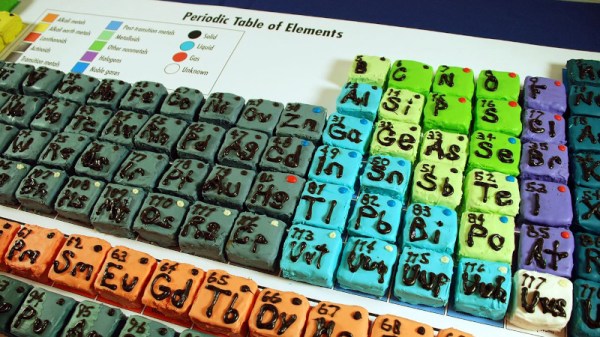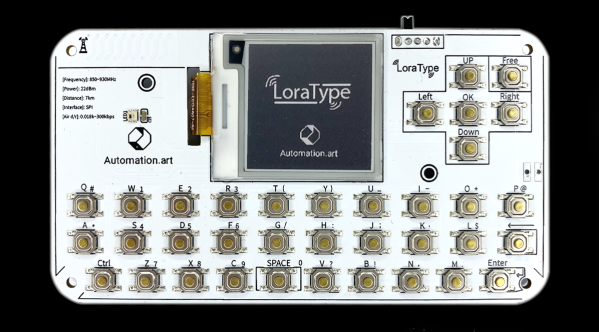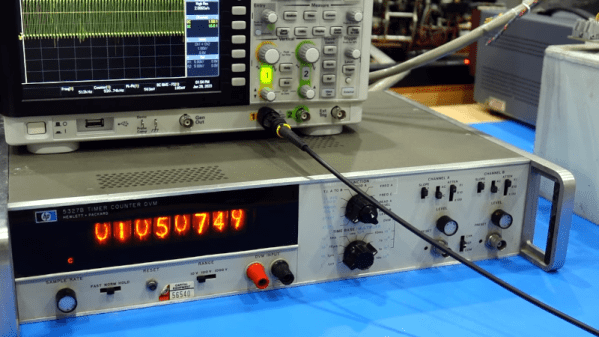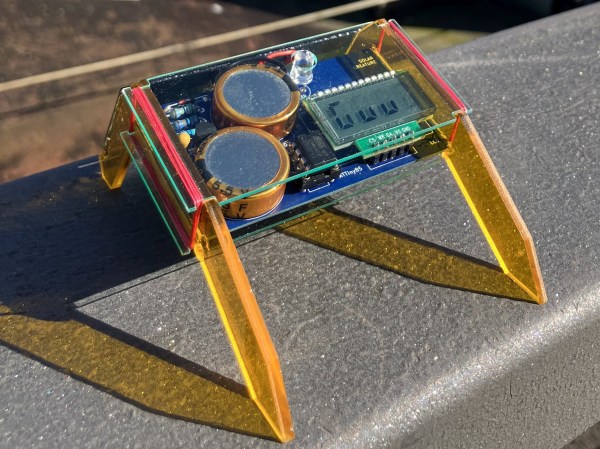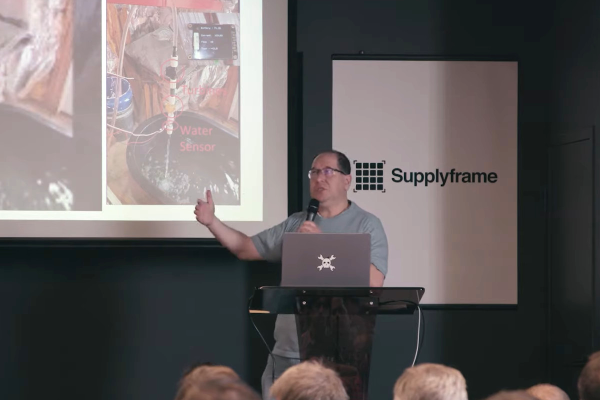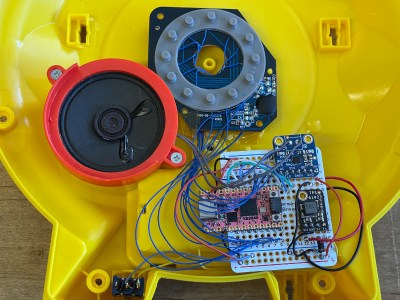It’s not often that the worlds of lexicography and technology collide, but in a video by the etymologist [RobWords] we may have found a rare example. In a fascinating 16-minute video he takes us through the origins of the names you’ll find in the periodic table. Here’s a word video you don’t have to be on the staff of a dictionary to appreciate!
Etymology is a fascinating study, in which the scholar must disentangle folk etymologies and mistaken homophones to find the true root of a word. Fortunately in the case of most elements they bear a name bestowed on them by the scientists who discovered them, so their etymologies are rarely in dispute.
The etymologies split neatly into categories, with among them such distinctions as Latin or Greek descriptions, places including the Swedish village of Ytterby which has more elements named after it than anywhere else, elements named for mythological figures, and those named for people.
He artfully skates over the distinction between aluminium and a curiously similar metal the Americans call aluminum, because etymologists are used to deflecting controversy when language differences colour, or even color, people’s emotions. Thank you, Noah Webster!
It’s an entertaining diversion for anyone with a love of both science and of language, and should remind us that the study of language has just as much scientific rigour in its research as any of those elements.

